Kenya AA Coffee Unique Flavor Kenya Origin Introduction Planting History Elevation
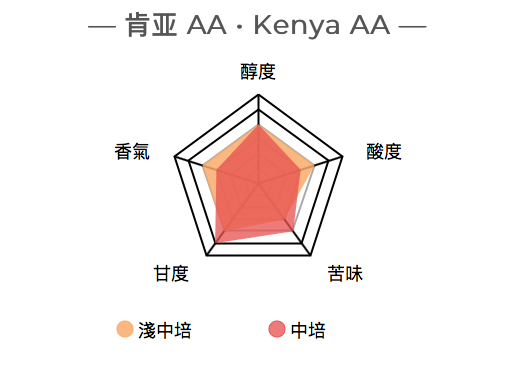
For professional baristas, please follow the coffee workshop (Wechat official account cafe_style)
-Kenya AA Kenya AA-
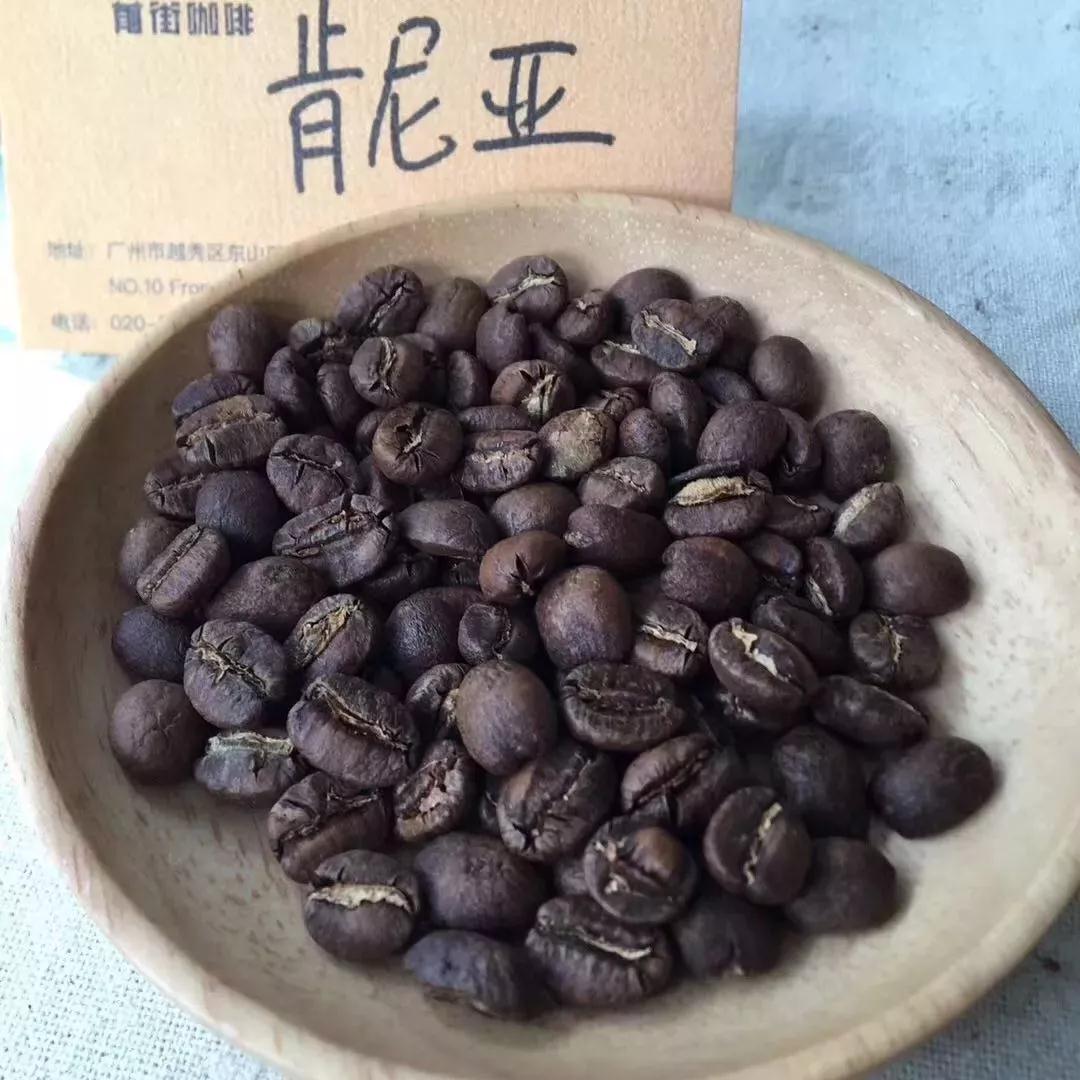
Unique flavor
Kenya produces some of the most aromatic and acidity coffee in the world, and the local red soil is rich in aluminum and iron, creating a unique flavor of Kenyan coffee. It generally has unique black cherry fruit flavors such as fruit, spices, red wine, blackberries and grapefruit and biscuit roasted aromas without being too sour. The Body of Kenyan coffee is thick, with a hint of Yega Chuefei floral and orange flavor. The sour feeling of sipping the coffee liquid into the throat quickly turns sour to sweet, showing a different and very layered flavor.
Introduction of origin
Africa has always been one of the best coffee producing areas in the world, while Kenya is a country that pays great attention to coffee cultivation and quality management, close to Ethiopia, the origin of the world coffee. Whether local large coffee farms or small farmers, the vast majority of coffee beans after refining will be transported to the government-established Kenya Coffee Bureau (Coffee Board of Kenya, CBK) for cup testing and grading identification. Coffee beans are classified into seven grades: "PB", "AA", "AB", "C", "TT", "T" and "Buni" according to their size, shape and weight.
Planting history of producing area
Although Kenya is located in southern Ethiopia, the native place of Arabica coffee trees, it was not planted and produced in large quantities before the 19th century. Until 1893, Brazilian bourbon trees were brought back to Kenya to plant a large number of trees. Because Kenya is different from Brazil in climate, soil and water environment and treatment, Kenyan coffee trees have a new flavor. After that, Kenya gradually penetrated into coffee cultivation and quality management, and established the Kenyan Coffee Bureau and grading system in 1993.
Planting altitude, latitude, geology
The equator runs through Kenya, and the border is just within ten degrees of north and south latitude. Belonging to tropical producing areas, there are two rainy seasons every year, with two harvests, with 60% concentrated from October to December and another 40% from June to August. Coffee is mainly grown in volcanic areas from the capital Narobi to the mountains of Kenya at an altitude of 1600-2100 meters. This height is suitable for the development of coffee bean flavor, because the mountain temperature is lower, the growth is slow, the aroma components of coffee beans have been fully developed, the sour taste is more obvious, and the texture is harder. This fertile moonbend-shaped coffee area is the main producer of Kenyan boutique beans.
Asari, AA TOP Kenya AA Asali of Kenya
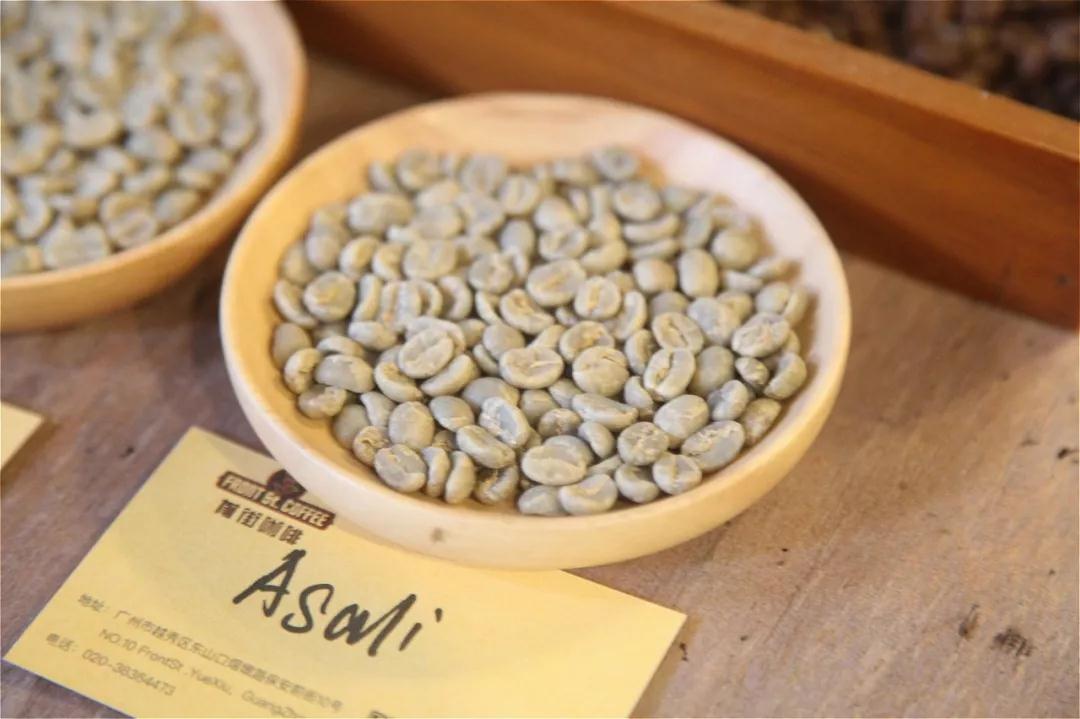
Country: Kenya
Producing area: Sika Thika
Processing plant: Asali honey processing plant
Altitude: 1550m Murray 1750m
Soil: volcanic soil
Rating: AA TOP
Variety: sl-28,sl-34
Treatment: 72 hours washing
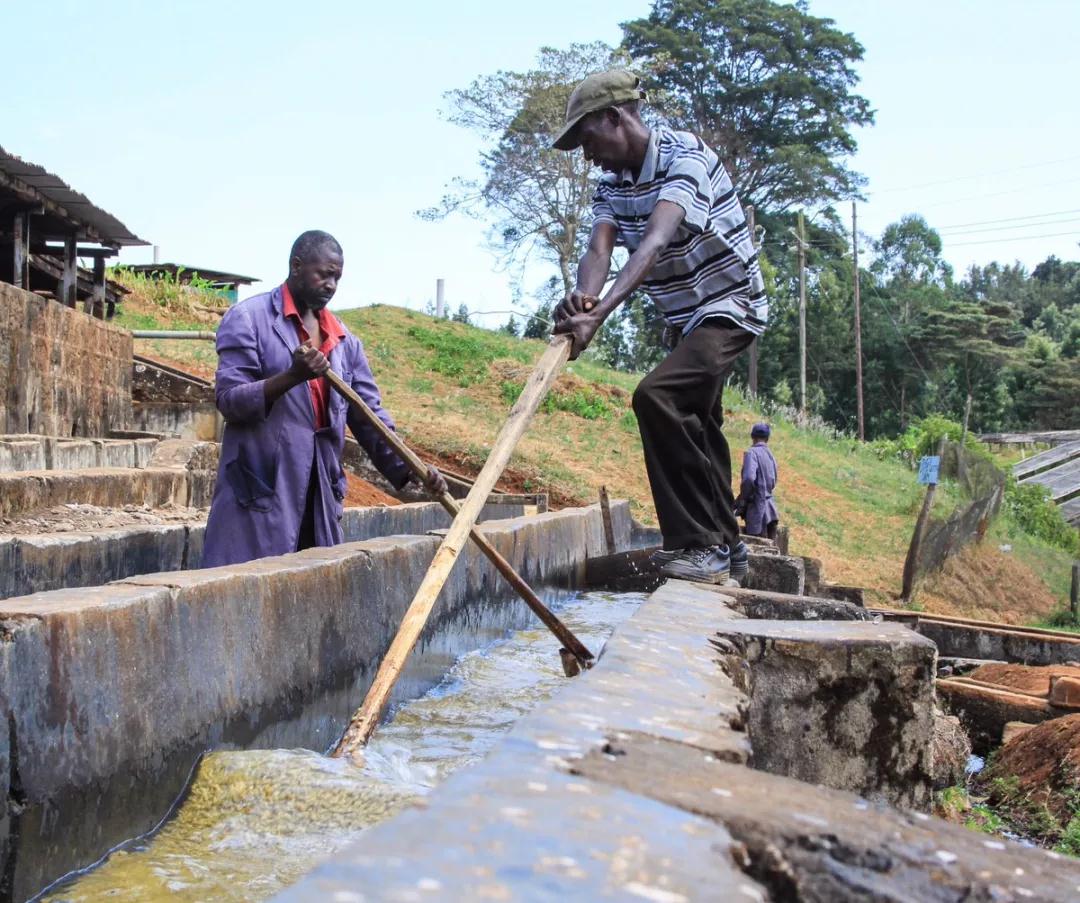
Founded in 1975, the treatment plant has more than 1600 coffee farmer members, each with an average of about 180 coffee trees. the main local tree species are SL28, SL34 and Ruiru 11. The wet aroma has ripe tomato and floral aromas, with aromas of virgin fruit and black plum in the mouth, bright acidity, clean palate, medium body, outstanding sweetness in the middle, juicy, sweet berry and yellow sugar in the finish, and [green tea] aromas.
Qianjie Coffee recommends Kenyan coffee brewing parameters:
Filter cup: V60
Degree of grinding: BG 5R (pass rate of Chinese standard No. 20 screen 58%)
Water temperature: 90 ℃
Powder / water ratio: 1:15
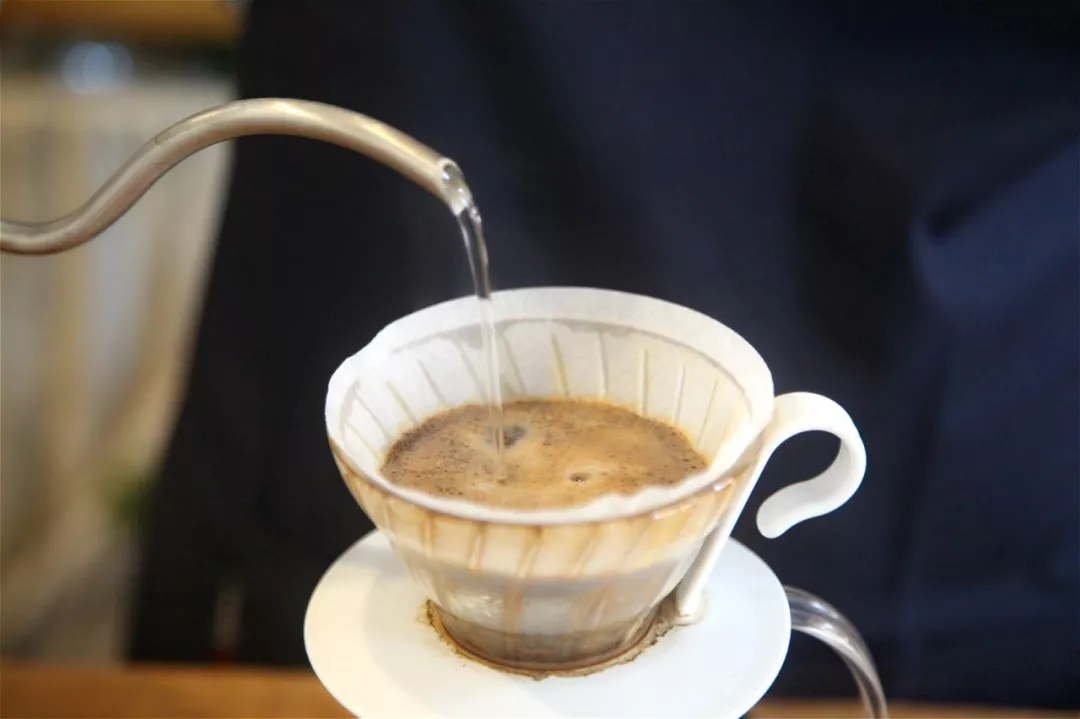
Technique: 30 grams of water steaming, steaming time for 30s, the first small water injection to 120g water cut off, slowly circle, the second stage of water injection slightly larger, injection to 225 ml of 30-120-75, the total extraction time of about 2 minutes.
Important Notice :
前街咖啡 FrontStreet Coffee has moved to new addredd:
FrontStreet Coffee Address: 315,Donghua East Road,GuangZhou
Tel:020 38364473
- Prev
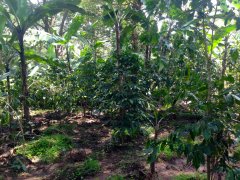
Africa's best Arabica coffee beans-Kenya AA coffee grown at high altitudes Kenya AA
Professional barista exchanges, please pay attention to coffee workshop (Weixin Official Accounts cafe_style) Africa's best Arabica coffee beans are in Kenya Located in Kenya below the equator in East Africa, coffee beans are grown at altitudes of 4,000 - 6,500 feet. The beans are round in thickness and have different grades and specifications according to size and taste from top to bottom.
- Next
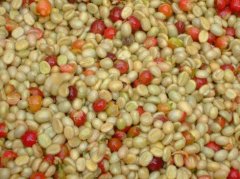
Kenya's top AA coffee beans are sour and sweet Kenyan coffee
For the exchange of professional baristas, please follow the coffee workshop (Wechat official account cafe_style) profile: there is no country in the world that attaches so much importance to the production of high quality coffee, all Kenyan coffee must be uniformly purchased and cup tested by the Kenya Coffee Bureau (Coffee Board of Kenya,CBK) established by the government. Points of Kenyan coffee
Related
- Detailed explanation of Jadeite planting Land in Panamanian Jadeite Manor introduction to the grading system of Jadeite competitive bidding, Red bid, Green bid and Rose Summer
- Story of Coffee planting in Brenka region of Costa Rica Stonehenge Manor anaerobic heavy honey treatment of flavor mouth
- What's on the barrel of Blue Mountain Coffee beans?
- Can American coffee also pull flowers? How to use hot American style to pull out a good-looking pattern?
- Can you make a cold extract with coffee beans? What is the right proportion for cold-extracted coffee formula?
- Indonesian PWN Gold Mandrine Coffee Origin Features Flavor How to Chong? Mandolin coffee is American.
- A brief introduction to the flavor characteristics of Brazilian yellow bourbon coffee beans
- What is the effect of different water quality on the flavor of cold-extracted coffee? What kind of water is best for brewing coffee?
- Why do you think of Rose Summer whenever you mention Panamanian coffee?
- Introduction to the characteristics of authentic blue mountain coffee bean producing areas? What is the CIB Coffee Authority in Jamaica?

